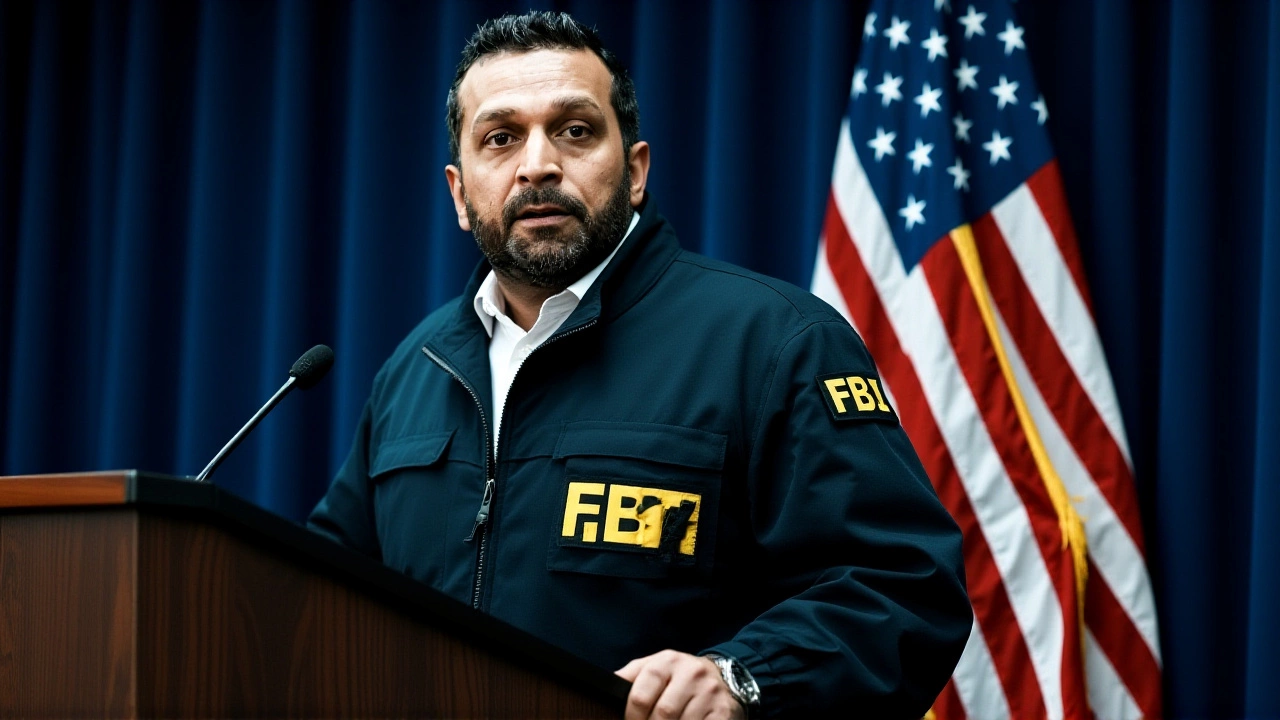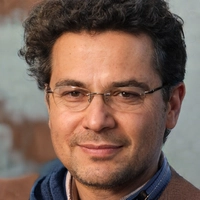
On Halloween 2025, the Federal Bureau of Investigation announced it had stopped what it called a "major ISIS-linked terror plot" targeting public gatherings in the Eastern District of Michigan. Six suspects were arrested — five in Michigan, one in Washington state — accused of possessing firearms and conspiring to provide material support to ISIS. But here’s the twist: a defense attorney is publicly saying the whole thing is a mirage. "The Halloween terror plot... never existed," he told reporters. And now, the public is left wondering: Was this a genuine threat barely averted... or a case of overreach dressed up as national security?
What the Government Says
FBI Director Kash Patel made the announcement on October 31, 2025, just hours before Halloween festivities began. He didn’t give details about targets or weapons, but emphasized the operation prevented "a significant domestic terrorism incident." The Department of Justice followed with a press release on November 2, 2025, confirming charges under 18 U.S.C. § 2339B — the federal law banning material support to designated terrorist organizations. The complaint, unsealed days later, alleged the suspects were connected to online ISIS propaganda and had acquired firearms in preparation for an attack.The Eastern District of Michigan, which includes Detroit, Ann Arbor, and Flint, became the epicenter of the investigation. The FBI had been monitoring online activity for months, according to a source familiar with the case. One suspect allegedly posted encrypted messages referencing "Halloween bloodshed" and "symbols of the caliphate." Another was caught purchasing tactical gear under a fake name at a gun range near Bay City. The sixth suspect, arrested in Washington state, reportedly had digital ties to the group through a shared encrypted chat platform.
The Defense’s Counterclaim
But while federal agents celebrated a win, a Michigan defense lawyer stepped forward to challenge everything. Representing a 20-year-old client from Wayne County, he told Michigan Public on November 2: "My client is a college student who dabbled in extremist content out of curiosity, not conviction. He never had a weapon. He never met the others. He didn’t plan anything." He added that the FBI’s case relies on "interpretations of vague online posts" and "misrepresented digital footprints."
This isn’t just legal nitpicking — it’s a direct contradiction of the government’s narrative. The defense claims the suspects were being targeted for their online searches, not their actions. One suspect, the attorney said, had downloaded ISIS propaganda after a breakup, seeking "something to hate." Another was arrested after buying a BB gun for a Halloween costume. No explosives. No targets. No coordination.

Why This Matters Beyond Michigan
This case sits at the intersection of two dangerous trends: the rise of digital surveillance and the erosion of trust in law enforcement narratives. The DOJ has linked this case to other recent terrorism prosecutions — like the Afghan national accused of targeting Election Day, or the white supremacist who sent ricin instructions. But those cases involved clear plans, weapons caches, and physical meetings. Here? The evidence appears to be mostly digital.
Legal experts are divided. "The government has broad powers under material support statutes," said Dr. Lillian Moore, a national security law professor at the University of Michigan. "But when those powers are applied to someone who just likes reading extremist blogs, you risk criminalizing thought, not action."
Meanwhile, civil liberties groups are watching closely. The American Civil Liberties Union of Michigan issued a statement urging transparency: "If the FBI is arresting people for what they searched online, we need to know exactly what was said, when, and how it was interpreted."
What Happens Next
The suspects are expected to appear in federal court in Detroit in early December. The defense has already requested discovery — all digital evidence, chat logs, surveillance footage, and FBI notes. If the government can’t produce proof of a concrete plan, charges could be dropped or reduced to lesser offenses like unlawful firearm possession.
But even if charges are dismissed, the damage may already be done. One suspect’s family says he lost his job at a local grocery store after his arrest became public. Another’s college suspended him pending investigation. The stigma, even without conviction, lingers.
And then there’s the bigger question: How many other "plots" are being uncovered this way? In 2023, the FBI reported over 400 domestic terrorism investigations involving online radicalization. Fewer than 15% resulted in charges for actual violent acts. Most were for material support — often based on social media activity alone.

The Bigger Picture
This isn’t just about six people in Michigan. It’s about how far the government can go to stop violence before it happens — and whether that power is being used fairly. When the FBI says "we stopped a terror attack," the public tends to believe them. But when a defense attorney says "it never existed," we’re forced to ask: Who gets to define what’s dangerous?
There’s no easy answer. But one thing’s clear: the courtroom, not the press conference, will decide the truth.
Frequently Asked Questions
How does this affect everyday people in Michigan?
Residents in the Eastern District of Michigan, especially in Detroit and surrounding counties, may face increased police patrols and surveillance in public spaces during holidays. The case has also heightened community tensions, with some Muslim families reporting increased scrutiny from law enforcement. Even those not charged say they’re now afraid to search certain topics online, fearing misinterpretation.
What’s the difference between "material support" and planning a real attack?
Material support under 18 U.S.C. § 2339B doesn’t require violence or a specific plan — it can include sharing propaganda, donating money, or even just encouraging others to join ISIS. In contrast, planning a real attack requires intent, coordination, and concrete steps toward execution. Critics argue the law is too broad and can turn curiosity into a felony.
Why was the sixth suspect arrested in Washington state?
The sixth suspect, whose identity remains undisclosed, allegedly communicated with the Michigan group through encrypted messaging apps and shared extremist content. Though he never traveled to Michigan, federal agents say his digital footprint showed coordination — including discussing timing for a Halloween operation. His arrest highlights how the FBI now treats online connections as sufficient for nationwide jurisdiction.
Has the FBI ever made similar claims that turned out to be false?
Yes. In 2021, the FBI claimed to have disrupted a plot by a group in Ohio to bomb a synagogue — but later dropped charges after evidence showed the suspects were mentally unstable and never had weapons or a real plan. In 2019, a Virginia man was arrested for allegedly planning an attack on a Christmas parade — only to be acquitted after it was revealed the "plot" was a fantasy he shared online with a friend. These cases raise questions about entrapment and profiling.
What role did social media play in this case?
According to the defense, social media was the entire basis of the case. The suspects reportedly liked, shared, or commented on ISIS-related posts — some years ago. One was flagged after searching "how to make a bomb" on a forum in 2023, but later deleted the history. The FBI used automated algorithms to flag these interactions as "red flags," but the defense argues this is like arresting someone for reading a horror novel.
What’s the likelihood of conviction?
Low, unless prosecutors uncover physical evidence — like weapons purchases linked directly to the group or recorded plans. Material support cases have high conviction rates, but only when there’s tangible proof of intent. Without it, judges have dismissed similar charges. This case could set a precedent: if the government can’t prove coordination beyond online chatter, this might become another example of overreach, not prevention.


